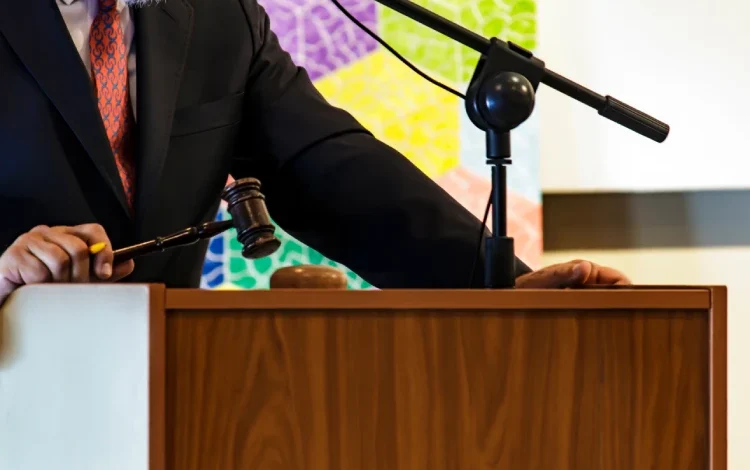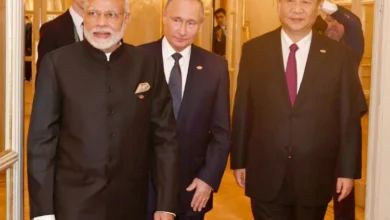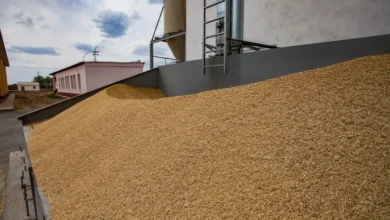
Long-Sealed M.F. Husain Masterpieces Head to Auction After Court Clears $28 million Loan Dispute
Twenty-Five Rare Works From the Artist’s “Our Planet Called Earth” Series Resurface After 17 Years in Legal Limbo
Twenty-five paintings by India’s legendary modernist M.F. Husain, unseen since 2008, are finally set to go under the hammer after the Bombay High Court authorized their sale to recover funds from a $28 million (₹236-crore) loan dispute. The MF Husain paintings, part of his unfinished Our Planet Called Earth (OPCE) series, will be auctioned on June 12 at Pundole Art Gallery in Mumbai.
The paintings were originally part of a billion-rupee deal in 2004 between Husain and industrialist Guru Swarup Srivastava, a transaction that briefly became India’s most talked-about art sale.
Out of the 100 works commissioned at ₹1 crore each, only 25 were completed and handed over before the deal imploded amid allegations of financial misappropriation.

Back in 2006, the CBI launched an investigation into Guru Swarup Srivastava and the Swarup Group over suspicions that they had diverted funds from loans issued by the government-backed NAFED. Two years later, a tribunal granted NAFED the right to claim assets valued at $12 million, including the 25 Husain paintings, as a step toward recovering the unpaid dues.
Since then, the canvases have remained locked in a bank vault. That legal limbo finally broke earlier this year, when a single-judge bench of Justice RI Chagla permitted the Sheriff of Mumbai to proceed with the auction. The court ordered the sale through Pundole Art Gallery, which Husain had once used as a studio.
“This is not just an auction; it’s the reopening of a conversation that was abruptly silenced,” said Dadiba Pundole, who is overseeing the sale.
The upcoming sale could bring in as much as $29m, according to estimates. For context, Gram Yatra, another painting by Husain, made headlines earlier this year when it sold for $13.8 million (approximately ₹118 crore), setting a new record for modern Indian art at auction.
The 25 paintings from the OPCE series reflect Husain’s expansive take on the 20th century. It depicts political upheavals, cultural dialogues, and global conflicts.
In one, a colonial explorer, an African native, and a Middle Eastern figure share a bench, watched by goblin-like figures holding up the seat—a surreal tableau on historical power dynamics.
Another piece juxtaposes a rocket launch with Charlie Chaplin, capturing the absurdity of technological advancement amid human suffering.
For years, these paintings were just numbers on a balance sheet. Now, they’re emerging as powerful visual documents of a century that shaped the modern world. “It’s a cultural time capsule,” said one Mumbai-based collector, who attended a private preview. “What’s remarkable is how Husain’s commentary remains piercingly relevant.”
A former gallery assistant recalls Husain’s intent. “He once said the bench was the most democratic place—everyone has to sit the same way. That’s why so many of these paintings have benches,” she recalled, noting how the artist often sketched directly on large canvases with only a few strokes before moving into bold color work.
While the auction may help NAFED recover part of the disputed loan, it also raises a larger question: what happens when art becomes collateral? The paintings, never intended to gather dust behind lock and key, were caught in a bureaucratic tug-of-war that delayed their impact on public discourse for nearly two decades.
As the auction date nears, the spotlight is back on Husain—not just as a prolific painter, but as a storyteller of the modern age whose unfinished visions now get a second life.
[Source]




